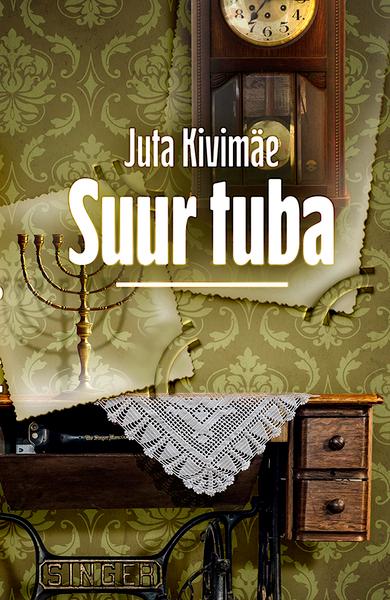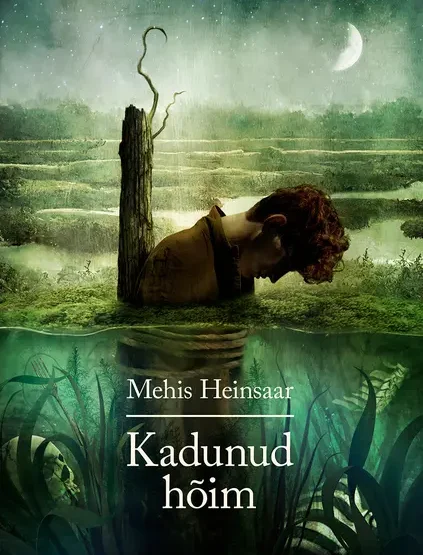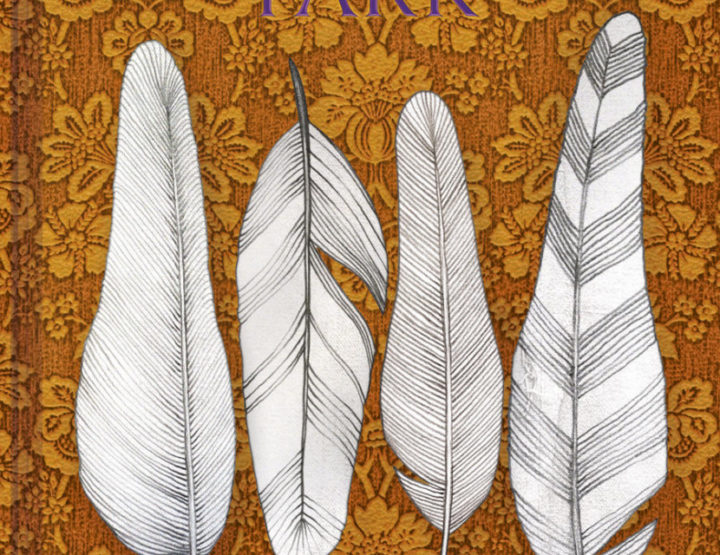Juta Kivimäe’s debut novel The Drawing Room shared first place in the 2021 novel-writing competition organized by the Estonian Writers’ Union. Its very first sentences catapult the reader into the story.
Kivimäe’s scenes and characters are detailed so vividly that one is essentially enabled to live the story from within. Forgetting the hour, the year, and the fact that one is even reading, we dive into a drawing room in Tartu in 1957, where we meet Bobe and Zeide. Our eyes suddenly open amidst the bustle of a communal apartment, observing and participating simultaneously. We see into the occupants’ enigmatic world and witness Jewish customs, but do not stop there: we also learn about their hobbies and peculiarities in a historically accurate picture of occupied postwar Estonia.
Gradually, the author reveals rich details without burdening the text with excessively long descriptions. Narrating the story is a preadolescent girl named Mintsi, who has been sent to live with her grandmother after sudden developments in her family’s life. Still, we aren’t limited to a child’s perspective: some of the explanations and details are penned by an all-seeing narrator who neatly conveys the entire world with a precision that goes beyond a child’s gaze and understanding.
The Drawing Room is like a fine painting, which comes as no surprise: the author’s extensive background in art research enables her to give compelling, lucid details. Her ability to breathe life into characters with just a handful of sentences that conjure clear images and make the reader realize: yes, I do know someone just like that. The subjects are ordinary persons we find around and among us. The era is different, and the customs are too, but in a way, it is all unchanging.
Why is The Drawing Room so good? Everyone has their own parlor, their sitting room, their living room – whatever they might call it. It is a particular location in time and space where we once felt safe, secure, and happy. Deep in every soul is a world that we gaze back upon with fondness; from which we gather strength in hard times. Kivimäe’s book emanates this wonderful sensation. The work does not merely give an accurate picture of life in Estonia in the wake of the Second World War, but also acquaints the reader with the Jewish lives and traditions within our communities.
“Yes, life is just like strolling across a room.”
Juta Kivimäe
Suur tuba /The Drawing Room
Varrak 2021
ISBN 9789985353004





